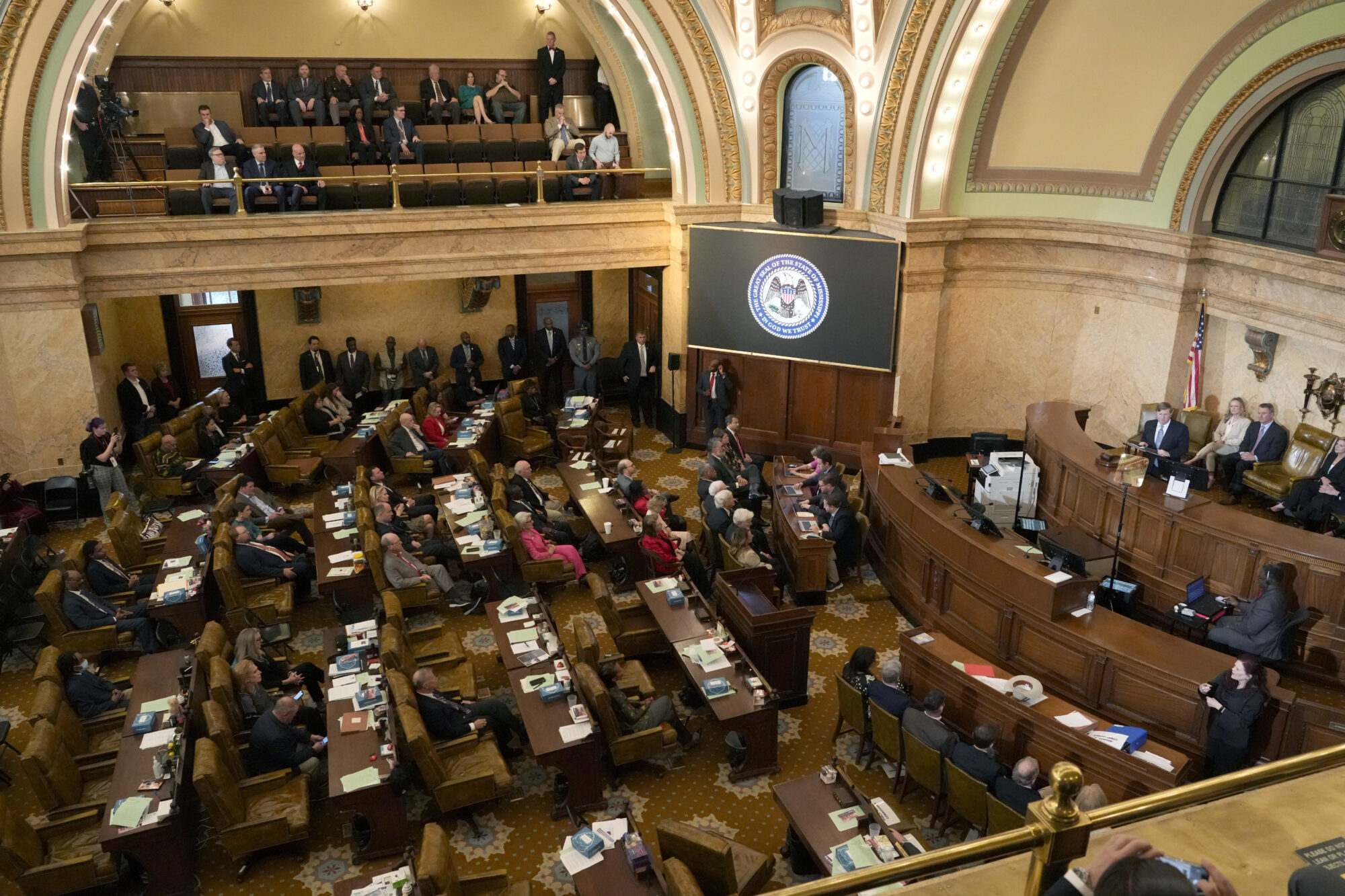
written by the MS Center for Public Policy
Over the past five years, the state legislature has led on the issue with 10 separate consolidation bills impacting 21 different school districts. By 2021, the state will have 13 fewer school districts than in 2014.
The formula behind the consolidation has largely been to merge two, or in some cases three, districts that are in the same county and are both failing, or, at best, struggling. The consolidations have included:
- Consolidating North Bolivar School District and Mound Bayou School District into the North Bolivar Consolidated School District (2014);
- Consolidating Benoit School District, West Bolivar School District, and Shaw School District into the West Bolivar School District (2014);
- Consolidating Sunflower County School District, Drew School District, and Indianola School District into the Sunflower County Consolidated School District (2014);
- Consolidating Oktibbeha County School District and Starkville School District into the Starkville Oktibbeha Consolidated School District (2015);
- Consolidating the Clay County School District and West Point School District into the West Point Consolidated School District (2015);
- Consolidating the Winona School District and the Montgomery County School District into the Winona Montgomery Consolidated School District (2018);
- Consolidating the Durant School District and the Holmes County School District into the Holmes County Consolidated School District (2018);
- Consolidating the Greenwood School District and the Leflore County School District into the Greenwood Leflore School District (2019);
- Dissolving the Lumberton School District into the Lamar County School District (2019);
- Consolidating Chickasaw County School District and Houston School District into the Chickasaw County School District (2021).
Still, school districts in Mississippi serve a lower number of students, on average, than every other state in the Southeast, save for Arkansas. What does that mean? We are spending money on additional salaries, pensions, benefits, buildings, etc. that other states are not. This means less money in the classrooms.
Mississippi’s school districts are inefficient compared to other Southern states
| State | Total enrollment | Total school districts | Students per district |
| Florida | 2,721,459 | 67 | 40,619 |
| North Carolina | 1,443,163 | 115 | 12,549 |
| Virginia | 1,279,544 | 135 | 9,478 |
| Georgia | 1,744,240 | 199 | 8,765 |
| South Carolina | 718,322 | 82 | 8,760 |
| Tennessee | 960,704 | 142 | 6,766 |
| Louisiana | 720,458 | 126 | 5,718 |
| Alabama | 733,951 | 136 | 5,397 |
| West Virginia | 281,439 | 55 | 5,117 |
| Kentucky | 685,176 | 173 | 3,961 |
| Mississippi | 492,279 | 151* | 3,260 |
| Arkansas | 475,782 | 254 | 1,873 |
Source: National Education Association, “Rankings & Estimates 2014-2015”
The average district size among the 12 states was 9,467, almost three times the size of the average district in Mississippi. For Mississippi to be in line with that average, the state would need to see a reduction to 52 school districts, eliminating almost two-thirds of the districts in the state.
Florida is the biggest outlier in this group. Removing the Sunshine State from the mix would drop the average district size to 6,513. Even doing that, Mississippi would still need to drop to 75 districts to be at the average. That is a reduction of almost 50 percent.
Among neighboring states, if school districts in Mississippi were to serve the same number of students as school districts in Alabama, Mississippi would need to experience a reduction to 91 districts. To mirror Louisiana, Mississippi would need a reduction to 86 districts. And to match the same number of students per district as Tennessee, Mississippi would need a reduction to 73 districts. Either of these changes would represent a decrease of 40 to 50 percent of the districts in the state.
Additionally, the districts in Mississippi are largely unbalanced. Half of all public school students in the state attend school in one of just 28 school districts. Yet, 63 districts have less than 2,000 students and educate just 16 percent of students.
There is not a magic size for a district. There are poor performing large districts, starting with Jackson Public Schools, just as there are high-performing small districts. But this inefficient distribution of students, which results in excessive bureaucracy, costs taxpayers money and prevents dollars from making it to the classroom.
While there is overwhelming local pressure to oppose consolidation, the legislature should continue with the process of reducing the number of school districts in Mississippi.
* This data was released before Mississippi began consolidating school districts, but the drop in the number of districts isn’t great enough to change these statistics.











